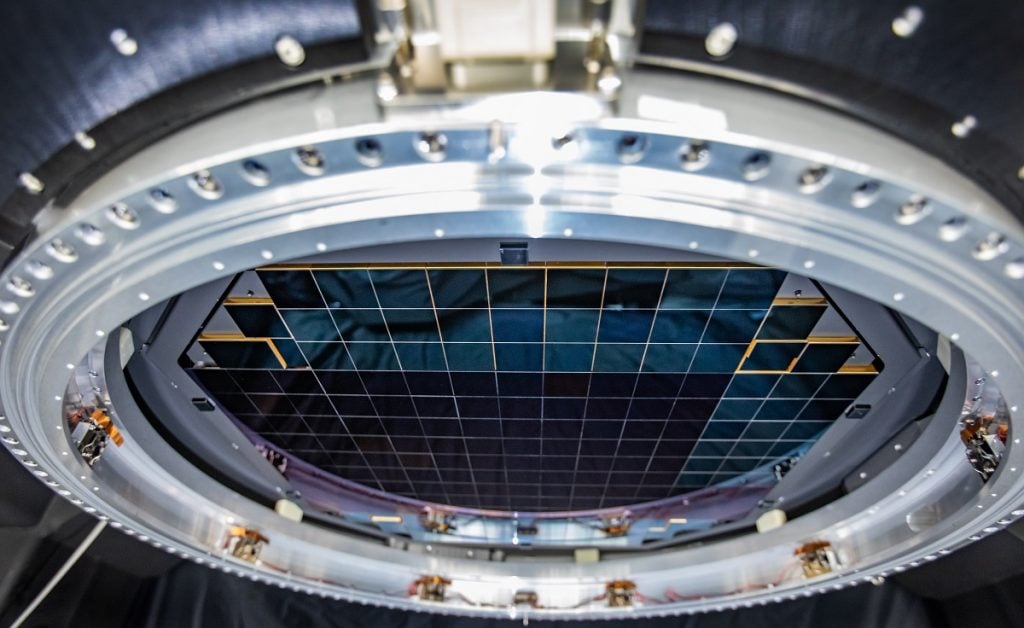Art World
Scientists Just Took the Largest Digital Photograph Ever—and It’s of a Romanesco Cauliflower in All Its Fractal Glory
Scientists have captured the largest single-shot digital photograph at a laboratory in California.

Scientists have captured the largest single-shot digital photograph at a laboratory in California.

A Romanesco cauliflower is the unlikely star of the world’s largest digital photograph ever taken in a single shot.
The vegetable head is depicted in ultra vivid, 3,200-megapixel detail, a topography of spirals and tiny bumps that looks like something found deep under the sea. Scientists at the Department of Energy’s SLAC National Accelerator Laboratory, where the photo was taken, note that cauliflower is notable for its fractal properties. Every branch’s dimensions are the same as that of the entire head, and the angle between the branches furthest from the center is 360 degrees divided by the golden ratio. Such are the perks of being a cauliflower.

The complete focal plane of the future LSST Camera is more than two feet wide and contains 189 individual sensors that will produce 3,200-megapixel images. Photo: Jacqueline Orrell/SLAC National Accelerator Laboratory.
The images, taken as part of the Rubin Observatory’s Legacy Survey of Space and Time, are truly gigantic. It would take 378 high-definition television screens to display just one of them.
“This is a huge milestone for us,” said Vincent Riot, the survey’s camera project manager, in a statement. He described the focal plane, which captured the images, as the “capable and sensitive eye of the Rubin Observatory.” The sensor array that produced the focal plane will next be integrated into the world’s largest digital camera, an SUV-sized contraption that is mid-construction at the Rubin Observatory, which is based in Chile. That device will capture panoramic images of the southern sky every few nights for the next 10 years.
The data amassed from those images will be added to the Legacy Survey of Space and Time, and eventually be used to create the largest astronomical movie ever, helping scientists understand mysteries of the universe like dark matter and energy.
Another image captured in 3,200-megapixel detail is the Flammarion wood engraving, which first appeared in the 19th-century book L’atmosphère : météorologie populaire by Camille Flammarion. In the print, a robed man carrying a staff is kneeling at what appears to be the edge of the Earth, sticking his head through the orb of the planet and into the sky beyond, peering at the rows of fiery stars and cosmic orbs. A metaphor for the scientific and mystical quest for knowledge, it is an apt choice for the technological advancement.